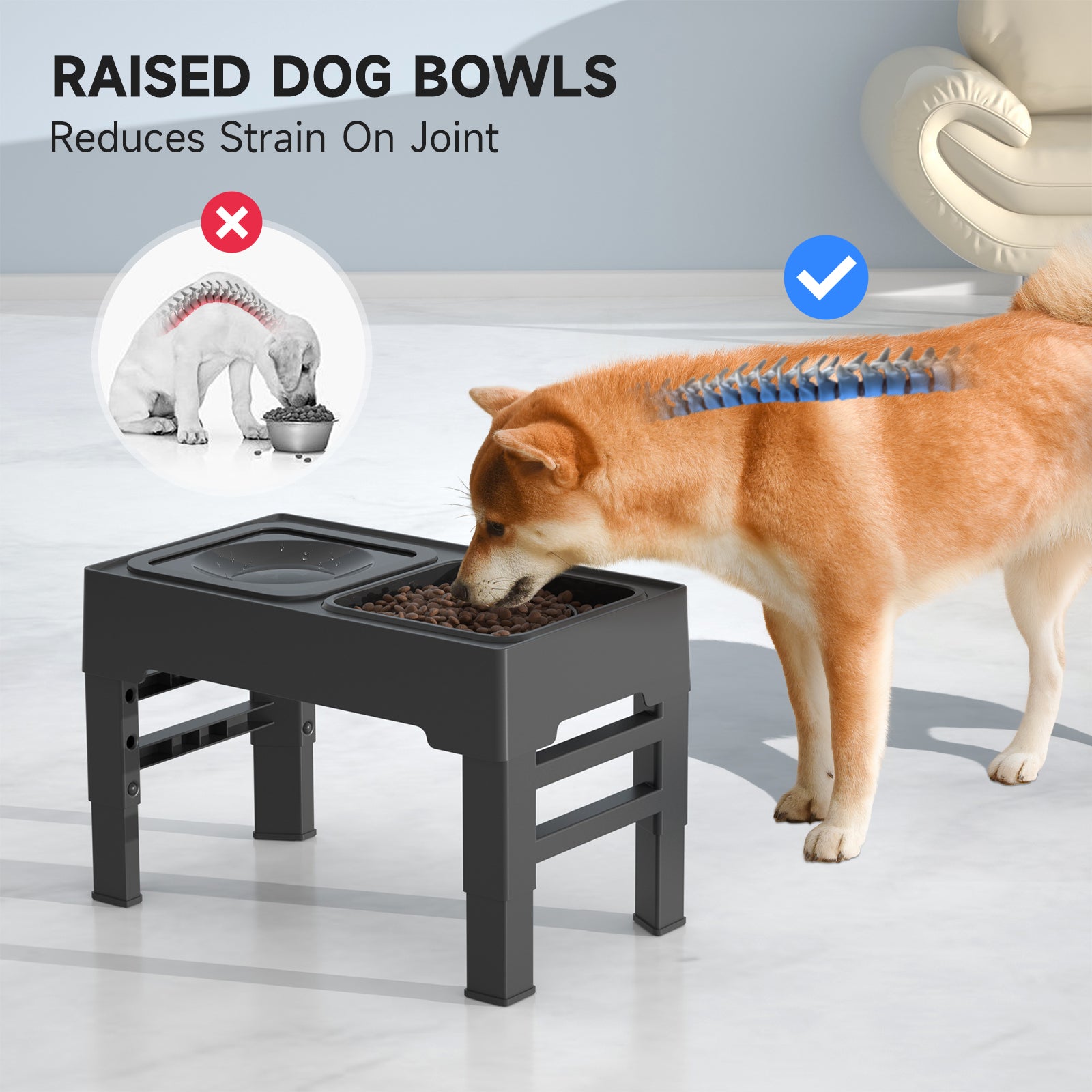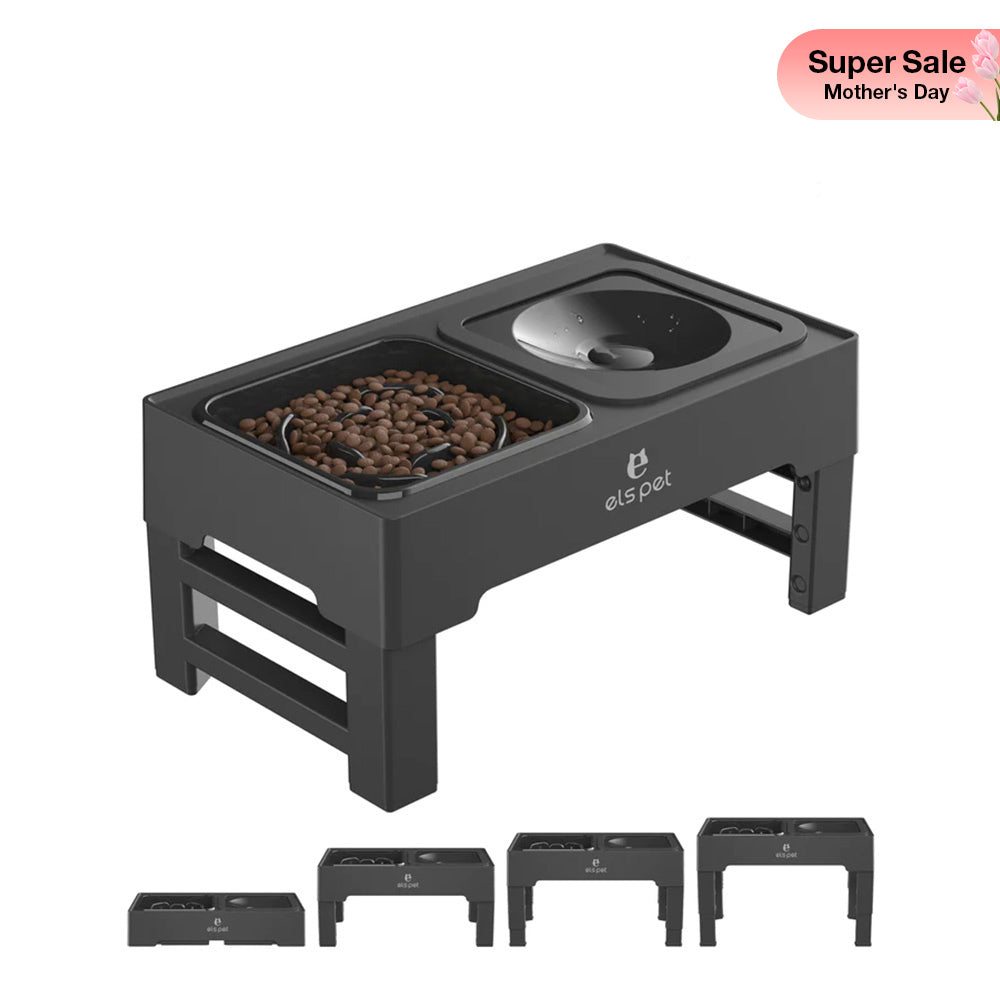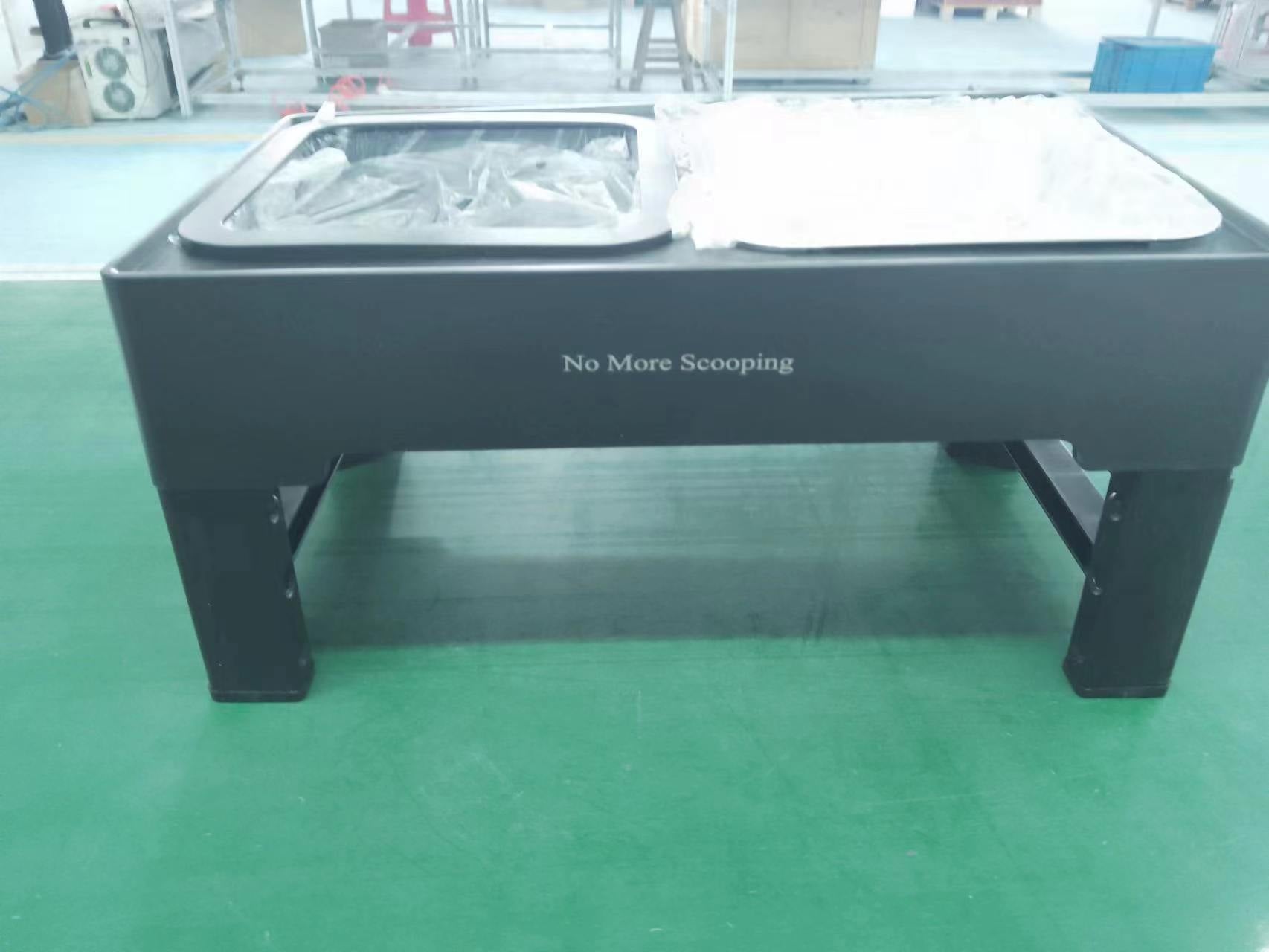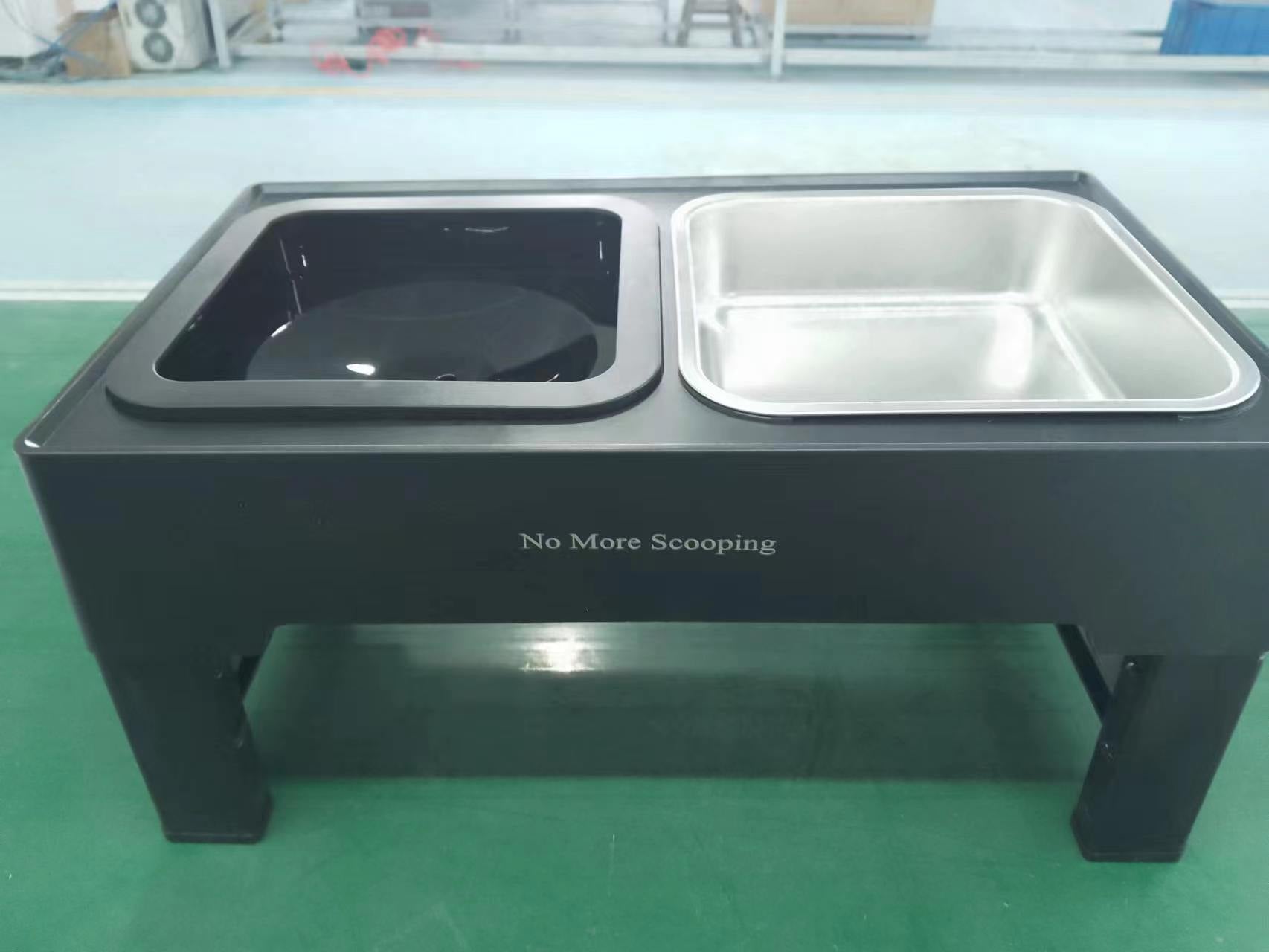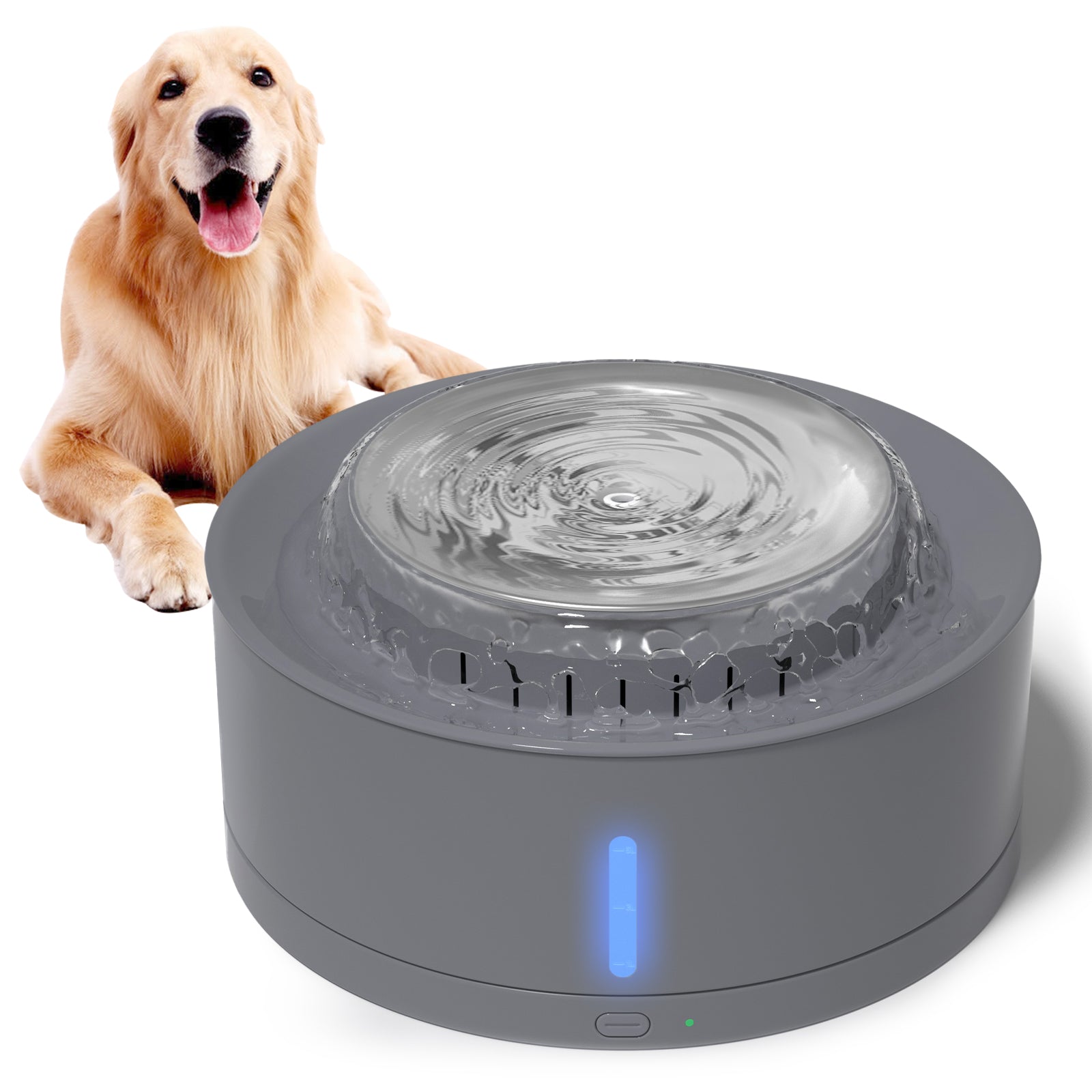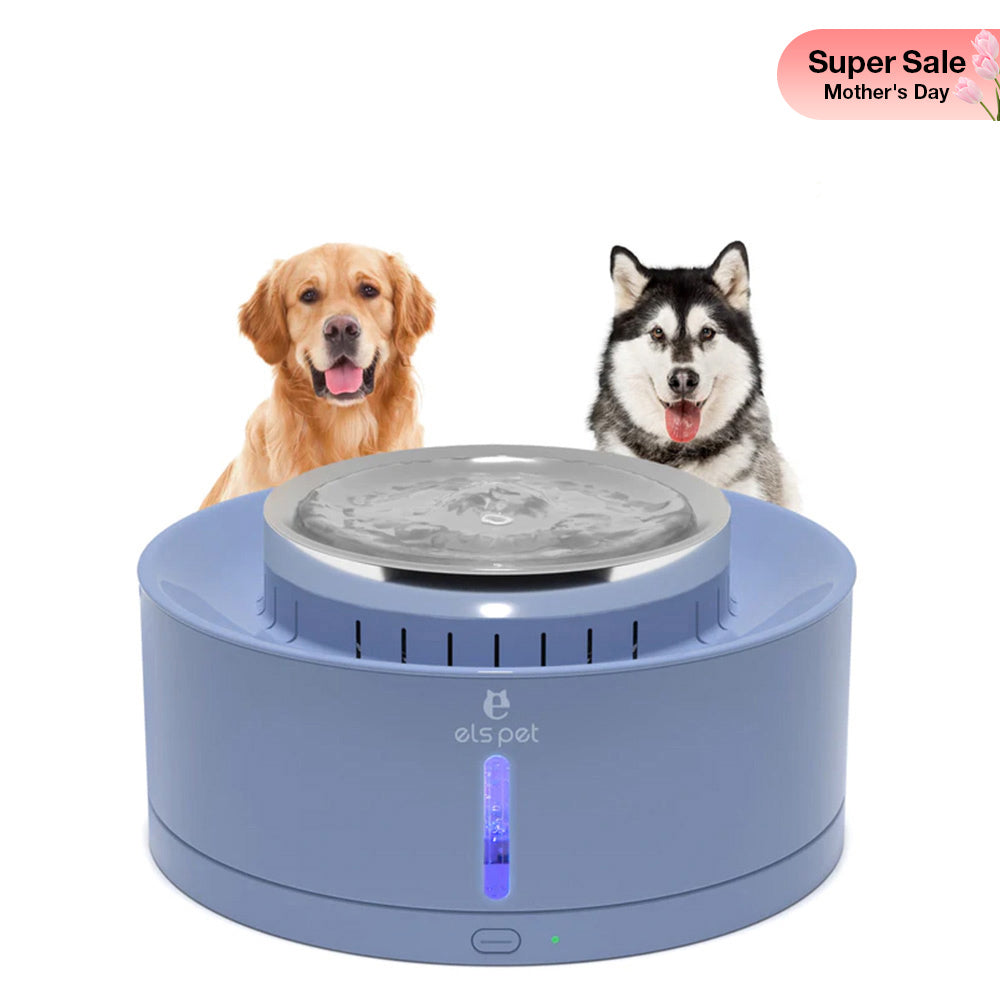Cats are not just pets; they're family. And just like any family member, their comfort and health are paramount. One of the essential items for any cat owner is the litter box. With the evolution of automatic cat litter boxes, the convenience and cleanliness have reached new levels. But with so many options on the market, how do you choose the right automatic cat litter box for your feline friend?
Understanding Your Cat’s Needs, Preferences, and Characteristics
When selecting the ideal automatic litter box, it's crucial to consider various aspects of your cat's lifestyle, personality, and health. This understanding can significantly influence your choice, ensuring the litter box fits well with your cat's natural behaviors and preferences.
Behavioral Considerations: Cats are individuals with distinct personalities. Some may be intrigued by new gadgets, while others are timid or startled by mechanical noises and movements. Knowing whether your cat is curious or cautious can help you predict how they might react to an automatic litter box's operation.
Health and Age Factors: Young kittens and elderly cats have different needs. Kittens might find it difficult to enter a high-sided litter box, while senior cats could struggle with arthritis, making entry and exit painful. Choosing a model with low entry points and gentle slopes can accommodate these needs.
Privacy Needs: Cats vary in their need for privacy when using the litter box. This preference can dictate whether you choose a covered or uncovered model. Covered boxes can offer shy cats a sense of security, reducing stress during use. However, some cats may feel trapped or claustrophobic in enclosed spaces, making an uncovered box a better choice.
- Covered Litter Boxes: These provide a private space for your cat, which can be especially beneficial for timid cats. Additionally, they help contain odors and litter within the box, which can keep your home cleaner. However, the enclosed space might discourage use if the cat feels constrained or if it's not cleaned regularly, as odors can build up inside.
- Uncovered Litter Boxes: These are more open, making them inviting for cats who dislike confined spaces. They can be easier for your cat to access and leave, and they often facilitate better air circulation, which helps dissipate odors. The downside is that they may not be as effective at containing litter scatter or hiding waste.
Activity Level: Active cats may kick litter out of the box or play with the rake mechanisms in some automatic models. For these energetic felines, a litter box with high walls and a secure cleaning mechanism will prevent mess and keep them safe from moving parts.
Size and Comfort: Larger cats need more space to feel comfortable. An automatic litter box that is too cramped can discourage use. Make sure the dimensions of the litter box accommodate your cat's size comfortably.
Litter Preferences: Some cats are particular about the type of litter. Automatic litter boxes often work best with specific types of litter, such as clumping, crystal, or even reusable granules. It’s important to consider whether the litter box you choose is compatible with your cat’s preferred litter type.
Sensitivity to Noise: Some cats are more sensitive to noise than others. If your cat is easily disturbed by sounds, consider a quieter automatic litter box model that operates with minimal noise to avoid causing stress.
By taking these additional characteristics into account, you can better tailor your choice of an automatic litter box to suit your cat’s unique preferences and ensure a smooth transition and comfortable daily use. This careful consideration not only enhances the well-being of your pet but also ensures a cleaner, more pleasant home environment for everyone.
Exploring Different Types of Automatic Litter Boxes
Automatic litter boxes are designed to ease the burden of daily litter maintenance, but they come in various types, each with unique mechanisms and functionalities. Understanding these can help you choose the most appropriate model for your home and cat.
-
Rotating Mechanism Litter Boxes
- How They Work: These litter boxes typically feature a cylindrical drum that rotates to sift litter. Clumps are separated and deposited into a waste compartment.
- Pros: Very effective at removing waste without much scatter outside the box. They tend to be quieter than other types.
- Cons: Can be larger and require more space. Some cats may be hesitant to enter the drum.
-
Raking Mechanism Litter Boxes
- How They Work: Equipped with a raking system that automatically activates after the cat has used the litter box, the rake sweeps clumps into a waste receptacle.
- Pros: Generally more affordable and compatible with multiple types of clumping litter.
- Cons: The mechanism can sometimes get clogged with larger clumps, requiring occasional manual intervention. The noise of the rake can also be unsettling for some cats.
-
Sifting Mechanism Litter Boxes
- How They Work: These boxes use a sifting grid to separate clumps from clean litter. After the cat exits, the grid moves to lift out clumps and let the clean litter fall back down.
- Pros: Efficient at litter conservation and usually very reliable in separating waste.
- Cons: The sifting mechanism may need regular cleaning to prevent sticking and odor buildup.
-
Flushing Mechanism Litter Boxes
- How They Work: These high-tech models connect to home plumbing to flush waste away similarly to a human toilet. After the cat uses the box, waste is automatically washed, and fresh water cleanses the area.
- Pros: Offers the highest level of cleanliness and odor control since waste is flushed away immediately.
- Cons: Requires proximity to water and drain lines, making it less flexible in placement. Higher initial and installation costs.
-
Disposable Tray Litter Boxes
- How They Work: These are equipped with a conveyor system or other mechanism to seal waste into a disposable, often carbon-filtered tray.
- Pros: Very hygienic as the entire tray is disposed of and replaced, minimizing cleaning.
- Cons: The cost of replacement trays can add up over time, and the environmental impact of disposable trays may be a concern for eco-conscious owners.
Key Features to Consider
Self-Cleaning Mechanisms: The allure of an automatic litter box largely comes from its self-cleaning capabilities, crucial for those who do not have the time to attend to their litter boxes daily. This feature varies in operation depending on the type of box—some use rotating mechanisms, others employ raking or sifting systems to separate waste from clean litter.
Odor Control Techniques: Effective odor control is essential for maintaining a fresh environment. Options range from simple carbon filters that absorb smells to more sophisticated systems that encapsulate and seal waste away. Some models also use scented packets or have compartments specially designed to trap odors.
Litter Compatibility: The type of litter you can use depends on the specific automatic litter box model. While some are versatile, others may require proprietary or specialized types of litter, such as crystal or premium clumping varieties, impacting ongoing costs and availability.
Your Cat's Habits: Understanding your cat's litter habits is crucial. Cats that tend to create larger clumps may require a litter box with a robust mechanism that can handle significant waste without clogging. Rotating or sifting models are often best for these cases as they are designed to manage larger volumes efficiently.
Noise Level: The operational noise of an automatic litter box can be a significant factor for sensitive cats. Quieter models such as those with rotating or disposable tray mechanisms might be more suitable for timid cats who may be scared off by louder raking systems.
Safety Features:
- Safety design: Prioritize automatic litter boxes with built-in safety features to protect your cat. These can include sensors that stop the cleaning mechanism if a cat re-enters the box or designs that eliminate the risk of pinching or trapping a curious cat.
- Reliability: Choose litter boxes with proven mechanisms that reliably sense the cat’s presence and delay cleaning until the cat has left the box. This ensures the safety and comfort of your pet during use.
Health and Hygiene Benefits
Maintaining a consistently clean litter box is crucial for preventing common feline ailments like urinary tract infections. Automatic litter boxes facilitate frequent cleaning, which is better for both your cat’s health and your home’s cleanliness.
Ease of Use and Maintenance
Ease of Use: The user-friendliness of an automatic litter box is crucial for ensuring both the cat's comfort and the owner's convenience. Look for models that are easy to set up and operate. Features such as programmable cleaning schedules or adjustable sensors can enhance the operation, making it smoother and more adaptable to your cat’s habits and your lifestyle.
Maintenance: Choose a litter box that is simple to maintain. This includes easy disposal of waste and straightforward procedures for occasional deep cleaning. Systems that allow for easy access to clean and replace litter, or that have modular components that can be individually cleaned, tend to offer greater convenience.
Integrating the Automatic Litter Box into Your Home
Choosing the Right Location: The placement of the litter box in your home can significantly influence your cat's willingness to use it. To encourage usage, position the box in a quiet, low-traffic area away from noisy appliances and not too close to where your cat eats or drinks. A location that avoids high foot traffic yet remains easily accessible to your cat is ideal. This helps to provide a sense of security and privacy, which is crucial for the cat's comfort.
Acclimation Tips for Your Cat: Transitioning to an automatic litter box can take time, especially for cats that are older or more set in their ways. Start by placing the new box near the old one to let your cat get used to its presence. You can encourage exploration and use by mixing some of the old litter with the new in the automatic box. Gradually move the box to its intended permanent spot over a few days while ensuring your cat continues to use it.
Ensuring Accessibility and Comfort: Make sure the litter box is accessible at all times and check that it fits your cat's size and preferences. If you have a kitten, an elderly cat, or a cat with mobility issues, consider a model with a lower entry point to make it easier for them to get in and out. The box should also be large enough to allow your cat to turn around and dig comfortably, which is part of their natural behavior.
Monitoring and Adjustments: Keep an eye on how your cat interacts with the new litter box. Some cats might initially be wary of the automatic cleaning sounds or movements. If your cat seems hesitant or stressed, slow down the transition process, and give them more time to adjust. You might also experiment with different types of litter or settings (if available) on the box to find what works best for your pet.
Consumer Considerations
Cost Comparisons: When selecting an automatic litter box, it's important to consider both the initial purchase price and the ongoing costs. Some models might require specific types of litter or frequent replacement of parts, which can add to the long-term expenses. Assess whether a higher upfront cost may lead to lower maintenance costs down the line.
Warranty and Support: Products backed by a reliable warranty offer added value. A comprehensive warranty, clear refund policies, and responsive customer support can mitigate risks and enhance user satisfaction. Ensure you understand what is covered under the warranty and what the manufacturer's support entails, including troubleshooting and maintenance advice.
Space and Number of Cats: The size of the litter box and its suitability for multiple cats are crucial factors. Larger models or systems designed for multiple users can be necessary for multi-cat households, ensuring that all cats have access to the litter box without overcrowding.
Final Thoughts
Selecting the ideal automatic litter box for your cat involves a careful balance of understanding your pet's unique needs and the functionalities offered by different models. By considering factors like your cat’s behavior, health, and your lifestyle, you can choose a litter box that simplifies your chores while enhancing your cat’s well-being. This guide aims to empower you to make a choice that not only fits your practical needs but also contributes to a happier and healthier cat.






